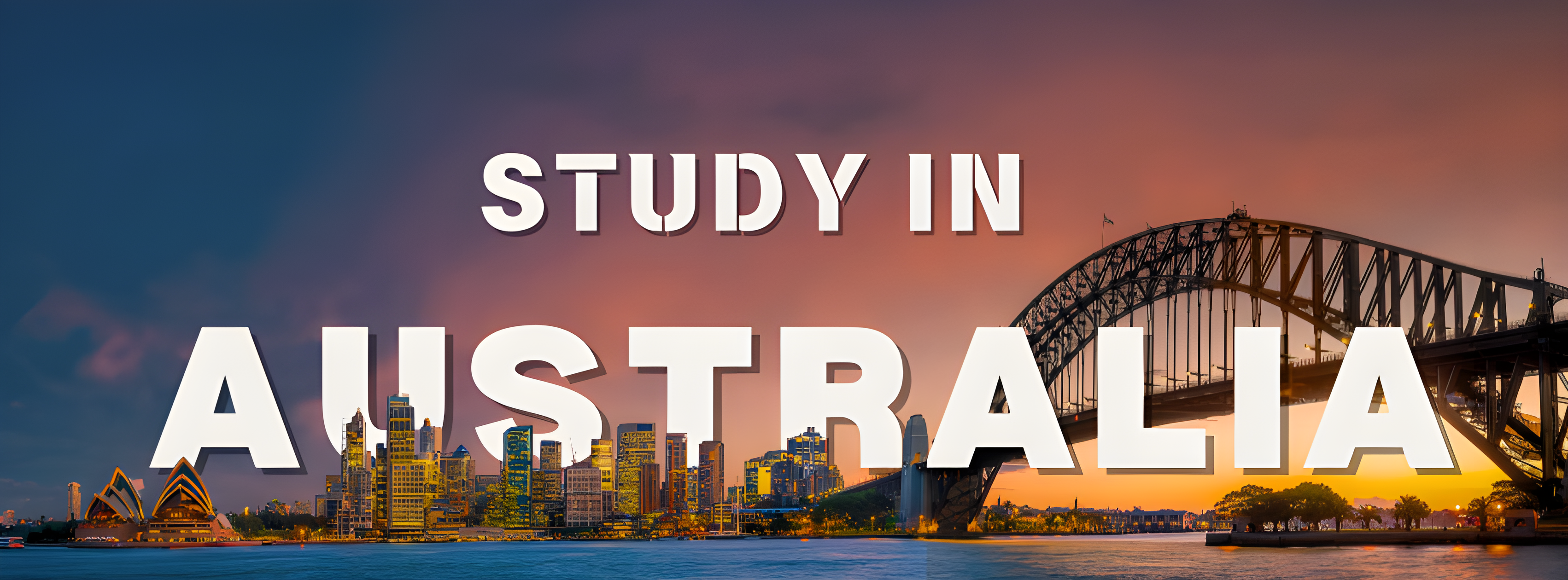Why Study in Australia:
Australia consistently ranks as a top study destination for international students. Here’s why so many choose it:
Student-Friendly Cities.
Australia boasts some of the world’s most livable cities, with 7 cities ranked among the top 50 best student cities in the QS Best Student Cities 2024 list.
Top-Tier Universities
Australian universities are globally recognized for their academic excellence. In the QS World University Rankings 2024, 9 universities from Australia are listed among the top 100, offering world-class education across various disciplines.
Globally Respected Qualifications
Degrees from Australian universities are recognized and respected worldwide. No matter where your career path takes you, Australian qualifications will give you a competitive edge.
PROGRAMS & COURSE DURATIONS IN AUSTRALIA
Australian universities provide a wide range of courses tailored to fit your academic interests and career aspirations. Below are the typical study durations for each qualification:
| Program | Years |
|---|---|
| Diploma | 1-2 |
| Bachelor’s Degree | 3-4 |
| Postgraduate Diploma | 1-2 |
| Master’s Degree/MBA | 1-2 |
| Doctorate/PhD | 4-7 |
LIVING EXPENSES IN AUSTRALIA
Living costs for international students in Australia amount to around AUD 24,505 per year, with an additional estimate of AUD 2,000 for travel expenses.
ACADEMIC INTAKES IN AUSTRALIA
Admission Intake | Under Graduate | Post Graduate |
Semester 1 | January to March | January to March |
Semester 2 | May to July | May to July |
Semester 3 | October to November | October to November |
When to apply | At least four months prior to class start date | |
Tuition Fee (Average Range) | AU$20k to $35k (Scholarship Available) | AU$22k to $35k (Scholarship Available) |
APPLICATION DEADLINES
To secure your spot, it’s recommended to begin preparing your application at least 6–8 months before your program’s start date.
TUITION FEES IN AUSTRALIA
Undergraduate programs: AU$20,000 – AU$35,000 annually
Postgraduate programs: AU$22,000 – AU$35,000 annually
Note: Scholarships are available for both undergraduate and postgraduate students to help reduce financial burdens.
POPULAR PROGRAMS IN AUSTRALIA
Australia is known for its diverse range of academic programs. Some of the most popular fields of study among international students include:
S. NO | INSTITUTION | QS RANKING 2024 (GLOBAL) |
1 | The University of Melbourne | 14 |
2 | The University of Sydney | 19 |
3 | The University of New South Wales (UNSW Sydney) | 19 |
4 | The Australian National University (ANU) | 34 |
5 | Monash University | 42 |
6 | The University of Queensland | 43 |
7 | The University of Western Australia | 72 |
8 | The University of Adelaide | 89 |
9 | University of Technology Sydney (UTS) | 90 |
10 | The University of Wollongong | 162 |
|
|
|
11 | Macquarie University | 130 |
12 | Curtin University | 183 |
13 | Queensland University of Technology (QUT) | 222 |
14 | Griffith University | 290 |
15 | Deakin University | 266 |
16 | University of Newcastle, Australia (UON) | 207 |
17 | University of Tasmania | 293 |
18 | La Trobe University | 316 |
19 | Bond University | 451-500 |
20 | Swinburne University of Technology | 321 |
STUDENT VISA REQUIREMENTS FOR AUSTRALIA
To study in Australia, you’ll need to secure a student visa (subclass 500). Ensure you have the following documents ready when applying:
• Optional standardized test scores (e.g., GRE, GMAT, SAT)
QUICK FACTS ABOUT AUSTRALIA
- Capital City: Canberra
- Largest Cities: Sydney, Melbourne
- Population: ~22.7 million
- Official Language: English
- Currency: Australian Dollar (AUD)
AUSTRALIA – ADMISSION AND VISA PROCESS
Step 1: Initial Consultation and Application Submission
- Free Counselling: Receive personalized counselling on available options and guidance on choosing a suitable university or institution.
- Document Submission: Submit certified copies of the following:
Academic certificates and transcripts
Professional certificates
IELTS/TOEFL/PTE result
Curriculum Vitae (CV)
Statement of Purpose (SOP)
Work experience certificates (if applicable)
Passport copies - Gap Explanation: If applicable, provide evidence of any gap after completing your education
Step 2: Admission Confirmation
Step 3: Sponsor & Financial Documentation
Step 4: Financial and GTE Verification
Note: Payments should only be made to the university’s account, not to any individual or organization. Refund policies apply in the case of visa rejection.
Step 5: Visa Application Process (Subclass 500)
Note:http://www.border.gov.au/Trav/Visa/Fees/how-to-pay-for-an-application
No Hidden Charges







